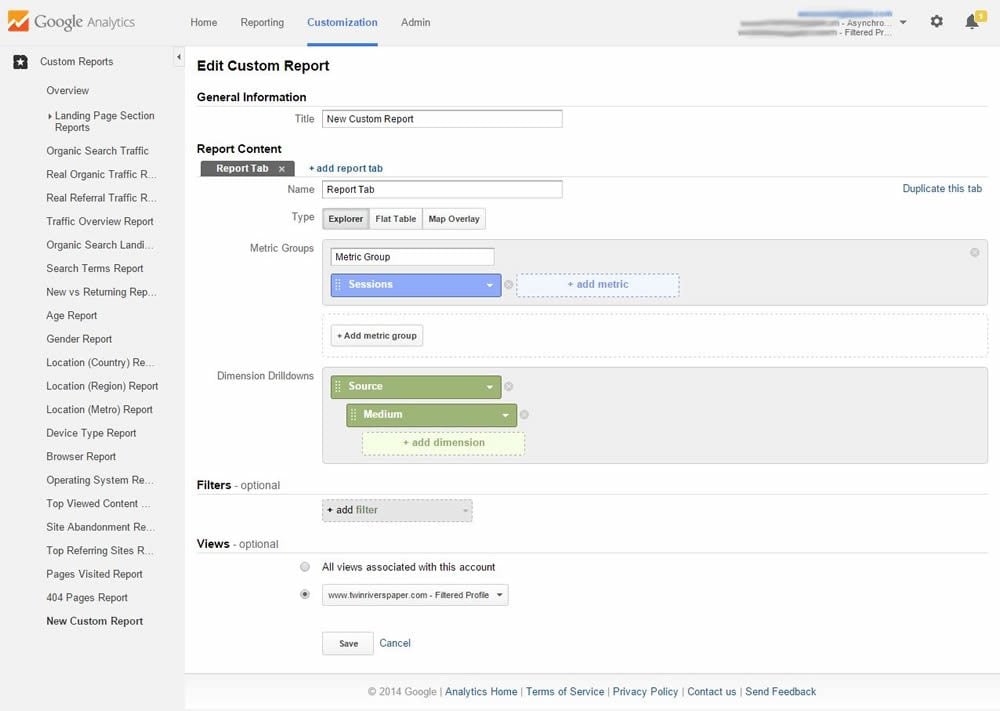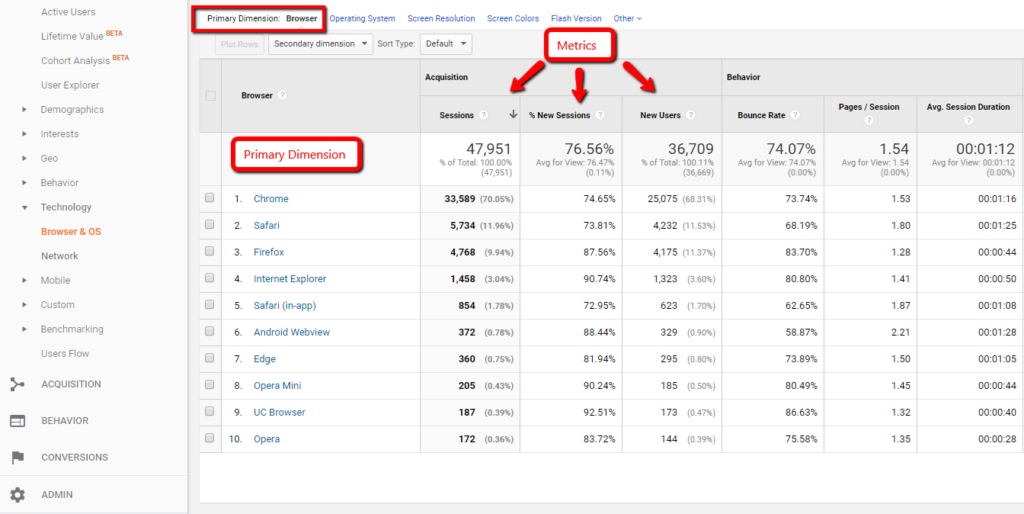Introducing the 'Secondary Dimension' in Google Analytics: What You Need to Know
Introducing the 'Secondary Dimension' in Google Analytics: What You Need to Know
Blog Article
Browsing the Depths of Additional Measurement in Google Analytics: A Thorough Exploration on Its Performance
In the realm of digital analytics, the ins and outs of data interpretation usually hold the secret to opening important insights. Within the expansive toolkit of Google Analytics exists a feature that functions as a concealed treasure for those that seek a much deeper understanding of individual actions and web site efficiency. Additional dimensions, though seemingly simple initially look, harbor a riches of untapped prospective waiting to be utilized. As we embark on this trip to check out the nuanced functionality of additional measurements, we will reveal exactly how this feature can illuminate patterns, unveil correlations, and ultimately lead the way for informed decision-making in the digital landscape.
Recognizing Second Dimensions in Google Analytics

Understanding just how additional measurements job is vital for leveraging the complete power of Google Analytics. By integrating key metrics with second measurements, you can obtain important understandings that drive educated decision-making and optimization techniques.
Leveraging Second Dimensions for Data Analysis
Structure upon the fundamental understanding of just how additional measurements improve data analysis in Google Analytics, the usage of these extra layers of details ends up being critical in extracting useful insights for educated decision-making and optimization approaches. By leveraging second measurements, analysts can dig much deeper into the efficiency metrics by including more context to the main measurements, thus uncovering surprise patterns and correlations that could not appear at first look. This much deeper degree of analysis enables organizations to better understand user habits, identify patterns, and identify locations for renovation.
Moreover, secondary dimensions supply an even more detailed view of the information, enabling division based on various specifications such as demographics, tools, website traffic sources, and much more. This segmentation promotes a more granular evaluation, allowing organizations to tailor their approaches and campaigns to certain audience sectors for enhanced targeting and personalization. Fundamentally, the critical use of secondary measurements empowers organizations to make data-driven decisions that drive growth and success in the electronic landscape.
Advanced Techniques for Additional Measurement Implementation
Discovering elaborate techniques to harness the full possibility of second measurements in Google Analytics elevates the deepness and refinement of information analysis for tactical decision-making. One sophisticated technique for executing additional dimensions is the usage of custom measurements. In addition, combining additional measurements with advanced segments can supply also extra granular insights by applying webpage several layers of segmentation to the data.
Interpreting Insights Through Additional Dimensions

When translating understandings via additional measurements, it is necessary to consider the context of the data and just how different dimensions connect with each other. For instance, understanding which specific website traffic sources cause higher conversion prices or determining which devices individuals prefer for making acquisitions can give workable insights for optimizing marketing projects and enhancing total web site performance. By carefully analyzing the information with additional dimensions in mind, companies can make educated decisions that drive purposeful results and improve their digital visibility.
Optimizing Efficiency With Secondary Measurements

One crucial method to maximize efficiency with secondary dimensions is by segmenting information more granularly. This permits you to isolate particular elements that may be affecting your metrics and get a much better understanding of what drives success or failure in your digital efforts. By incorporating secondary dimensions such as 'tool classification' and 'touchdown web page,' you can determine which gadget kinds are most efficient for particular touchdown web pages, allowing you to tailor your strategies appropriately.
Moreover, using secondary measurements can assist you identify patterns, patterns, and correlations that might not be obvious when evaluating information with key measurements alone. This much deeper level of analysis can result in more enlightened decision-making and inevitably boost the general performance of your website or digital marketing campaigns.
Conclusion
To conclude, second dimensions in Google Analytics play a vital role in boosting information analysis and providing much deeper understandings right into internet site performance. By utilizing advanced strategies and translating the data successfully, companies can enhance visit this site right here their approaches and enhance overall efficiency. Understanding the performance of second measurements is necessary for making informed choices and driving success in the digital landscape.
By leveraging second dimensions, experts can delve deeper right these details into the performance metrics by adding more context to the main measurements, therefore discovering covert patterns and connections that could not be noticeable at initial glance. One innovative technique for applying second measurements is the usage of custom-made dimensions.Having actually grasped advanced techniques like customized dimensions and regex for additional measurement implementation in Google Analytics, the following crucial action is interpreting the valuable understandings obtained with these advanced data division methods. Analyzing insights through additional measurements involves examining the partnerships in between the secondary and main measurements selected, uncovering patterns, trends, and correlations that may not be quickly evident when looking at the data in its totality.When analyzing understandings via secondary dimensions, it is crucial to consider the context of the information and exactly how different measurements connect with each other.
Report this page